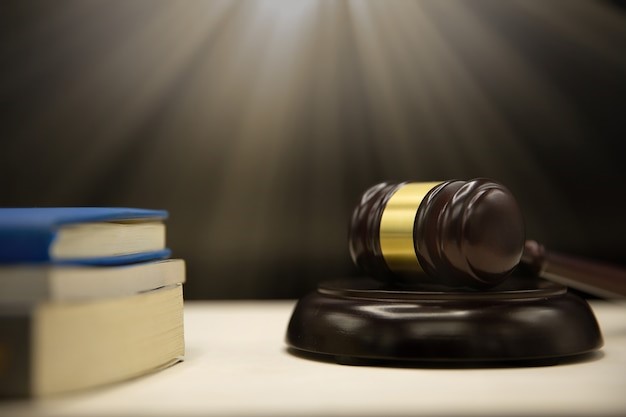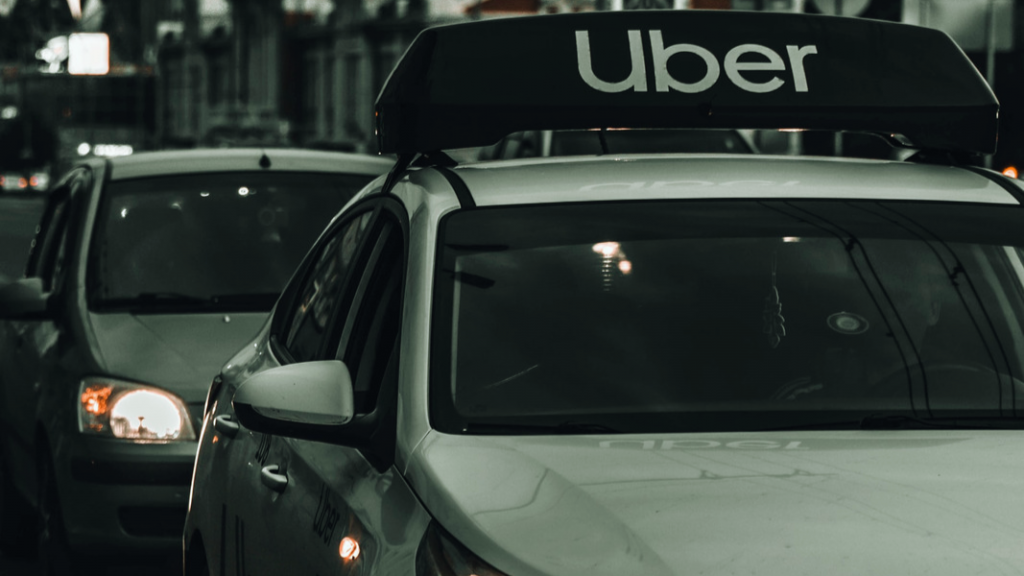While Uber has revolutionized transportation, offering convenient and affordable rides, it’s important to acknowledge that using it comes with inherent risks. While uncommon, incidents like assault, robbery, and accidents can occur.
Understanding these potential dangers allows you to be a more informed passenger and take steps to mitigate them after an Uber accident.
Assault and Robbery
Ridesharing puts you in a confined space with someone you don’t know. While background checks are conducted on drivers, the possibility of criminal activity cannot be entirely eliminated.
Here are some tips for reducing your risk of assault or robbery:
- Trust your instincts: If you feel unsafe getting into a car with a particular driver, don’t hesitate to cancel the ride and request another.
- Share your trip details: Let a friend or family member know your Uber driver’s name, license plate number, and estimated arrival time.
- Track your ride: Most ridesharing apps allow you to share your live trip location with a trusted contact.
- Be mindful of your belongings: Keep your valuables close to you and avoid displaying large sums of cash.
- Maintain clear communication: If the driver deviates from the planned route, politely inquire about the reason.
- To minimize your risk: Ensure you are well-prepared in the event of an accident, it’s essential to have a reliable lawyer in mind. Unlike insurance companies, which primarily aim to minimize their own payouts, a dedicated lawyer will focus on your best interests. Before choosing a lawyer, compare their services and expertise with those of insurance companies to understand the benefits and limitations of each. Give preference to lawyers such as a Slater & Zurz Uber Lyft accident attorney who specializes in accident claims and can negotiate firmly on your behalf and even take your case to court if necessary. This approach can provide you with peace of mind and better protection if an accident occurs.
Accidents
Car accidents are a risk with any form of transportation, and ridesharing is no exception. Factors like driver fatigue, distracted driving, and adverse weather conditions can all contribute to accidents.
Here’s how to minimize your risk:
- Check driver ratings: Ridesharing apps allow passengers to rate drivers. Opting for drivers with consistently high ratings can indicate a safer driving record.
- Ride in the back seat: This is generally the safest position in a car during a collision.
- Wear your seatbelt at all times: Seatbelts are your primary defense against serious injuries in an accident.
- Avoid distractions: Put your phone away and be aware of your surroundings.
Additional Considerations
- Pool rides: While ridesharing can be a social experience, pool rides, which involve sharing a car with other passengers, can increase the potential for altercations or uncomfortable situations.
- Intoxication: Being under the influence of alcohol or drugs can impair your judgment and make you more vulnerable.
What to Do If Something Goes Wrong
If you experience an assault, robbery, or accident during your Uber ride, your first priority is your safety.
- Call 911 immediately: Report the incident to the police and provide them with all the details you can remember, including the driver’s information and the car’s license plate number.
- Contact Uber: Report the incident through the app and cooperate with any investigation they may conduct.
- Seek medical attention: If you are injured, get medical attention as soon as possible.
By acknowledging the potential risks and taking precautions, you can make informed decisions about using ridesharing services and help ensure a safe and enjoyable travel experience.

Legal Considerations After an Uber Accident
While focusing on your safety is paramount, understanding the legal landscape after an Uber accident can be empowering. Here’s a brief overview:
- Insurance Coverage: Uber provides primary liability insurance for its drivers when they are on a trip with a passenger. This means Uber’s insurance should cover your medical expenses and other damages if the Uber driver caused the accident. However, the specific coverage limits can vary depending on the accident stage (before, during, or after a ride is accepted). It’s important to understand the details of Uber’s insurance policy and consider purchasing additional ridesharing specific insurance.
- Determining Fault: Identifying the at-fault party in an Uber accident is crucial. If another driver caused the collision, their insurance will likely be primary. However, Uber could be liable if the accident resulted from the driver’s negligence (e.g., speeding or reckless driving) or a mechanical issue with the vehicle. Consulting an attorney experienced in ridesharing accidents can help navigate these complexities and determine the best course of action for filing a claim.
- Filing a Claim: If you’ve been injured in an Uber accident, you can file a claim with the at-fault party’s insurance company. This process can involve gathering evidence, such as medical records, police reports, and witness statements. An attorney can assist you in collecting evidence, negotiating with the insurance company, and ensuring you receive fair compensation for your injuries.



